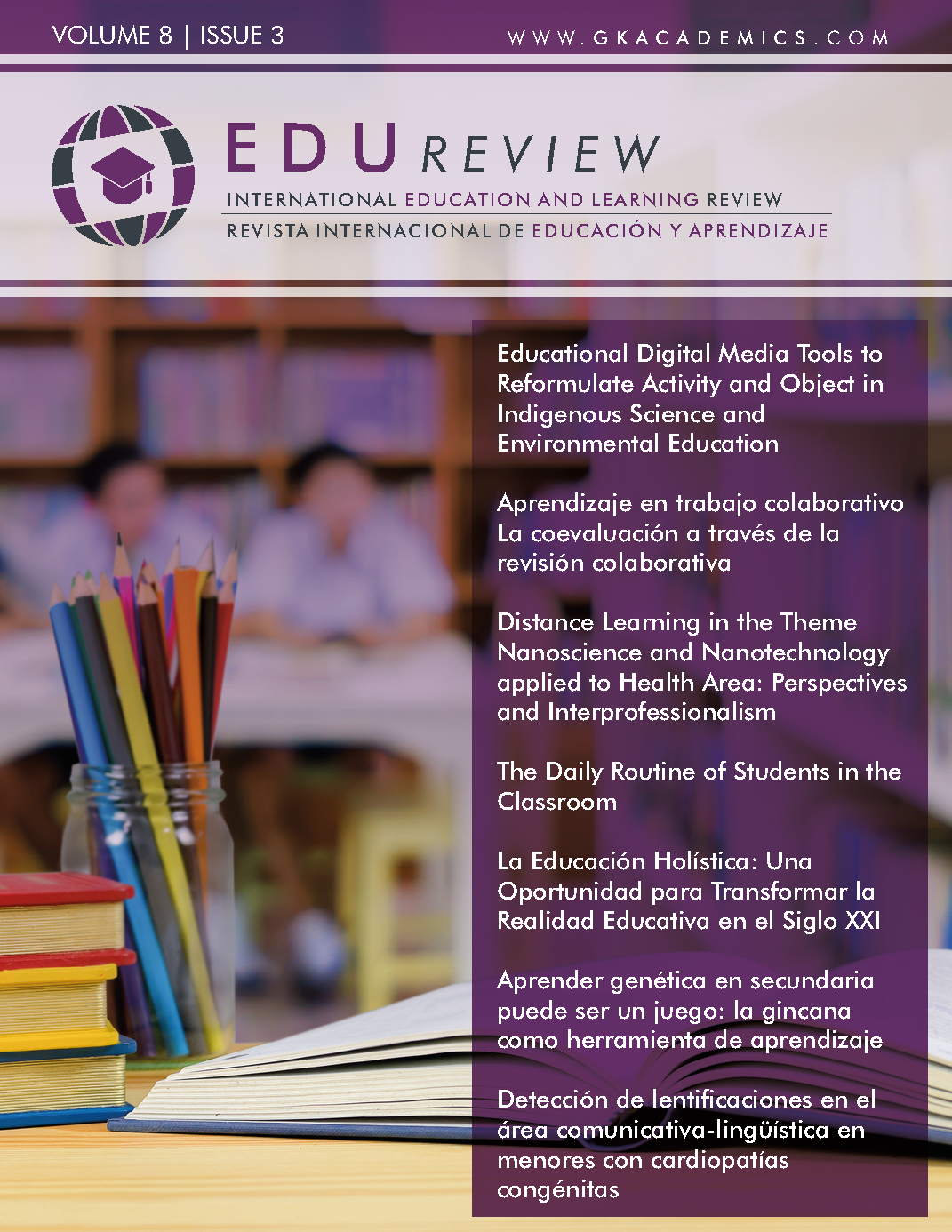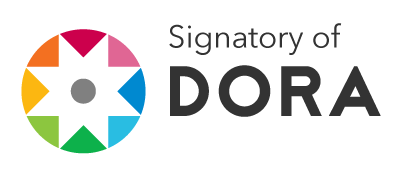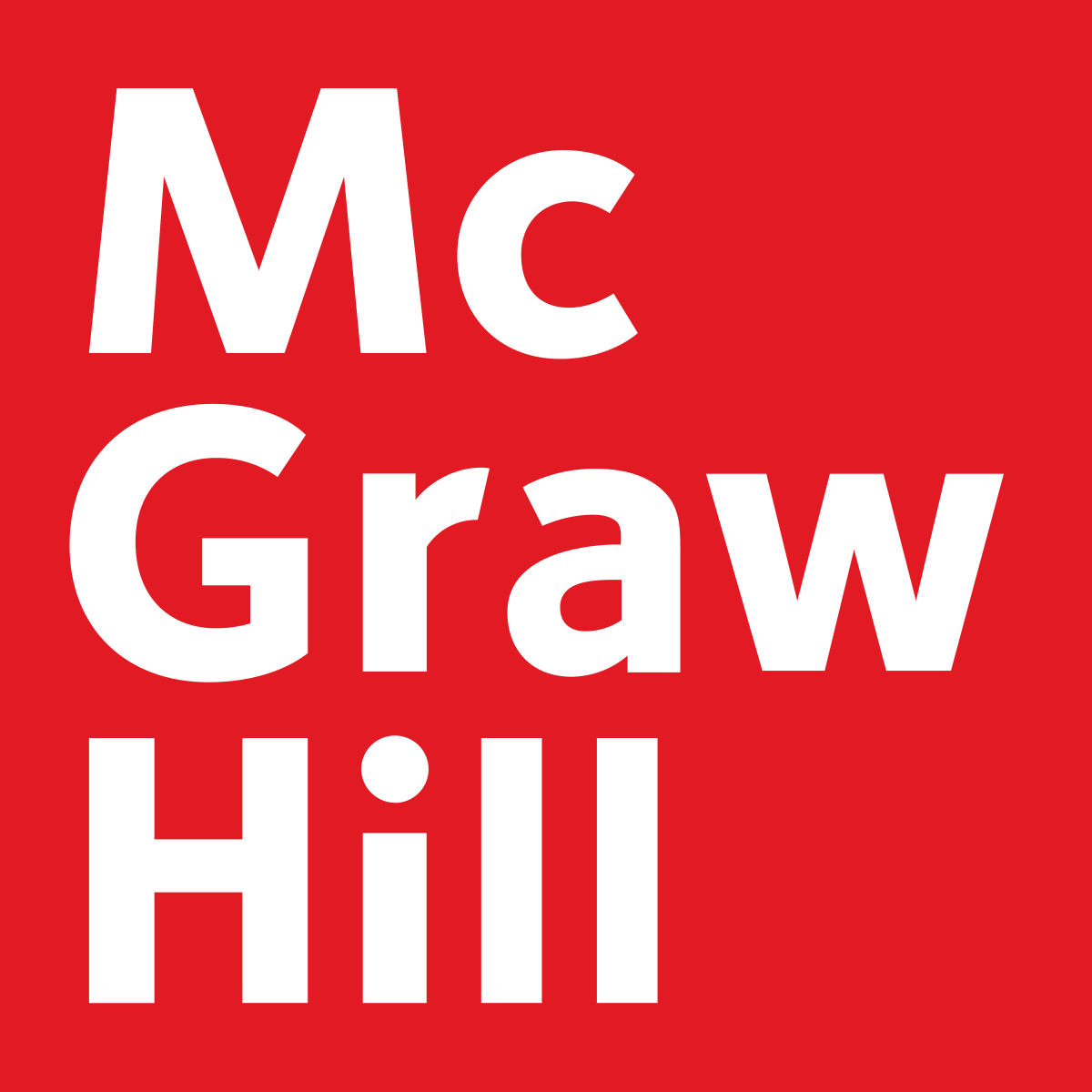Learning Genetics in High School can be a Game: Gymkhana as a Learning Tool
DOI:
https://doi.org/10.37467/gka-revedu.v8.2560Keywords:
Genetics, Game, Gymkhana, Motivation, Secondary schoolAbstract
Some studies have verified that the use of innovative methodologies increase motivation and interest to science. Promoting the cooperative and competitive learning to achieve a significant knowledge, and to motivate students. The activity presented has as a main objective to consolidate contents from genetic by means as a gymkhana. The contents treated are the replication process, the transcription process, the translation process and in general the hold flux of genetic information. This activity has been carried on with secondary school students and we observe a good acceptance and implication from teachers and students.
Downloads
Global Statistics ℹ️
|
1347
Views
|
1054
Downloads
|
|
2401
Total
|
|
References
Álvarez J.F., y Valls C. (2019) La contextualización mediante el uso de demostraciones experimentales cambia la percepción y la actitud hacia la química de los futuros maestros. Enseñanza de las ciencias 37-3, 73-88. https://doi.org/10.5565/rev/ensciencias.2674 DOI: https://doi.org/10.5565/rev/ensciencias.2674
Akram, T.M., Ijaz, A., y Ikram, H. (2017). Exploring the Factors Responsible for Declining Students' Interest in Chemistry. International Journal of Information and Education Technology, 7(2), 88. DOI: https://doi.org/10.18178/ijiet.2017.7.2.847
Artz A.F., y Newman, C. M. (1990). Cooperative learning. Mathematics Teacher 83, 448-449. DOI: https://doi.org/10.5951/MT.83.6.0448
Coca D. M. (2015). Estudio de las motivaciones de los estudiantes de secundaria de física y química y la influencia de las metodologías de enseñanza en su interés. Educación XX1 18(2). doi:10.5944/educxx1.14602 DOI: https://doi.org/10.5944/educxx1.14602
De Miguel T., Tomé S., Crespo P., Siota,L., y Villa T.G. (2009) Aplicación de la Técnica de Aprendizaje Coorporativo Puzzle de Aronson a las Prácticas de Microbiología. Revista Edusfarm: Educación superior en Farmácia 5, 1-10. Recuperado de www.publicacions.ub.es/revistes/edusfarm5/documentos/630.pdf doi:10.1111/j.1751-228X.2009.01076.x
Feito R. (2008). ¿Qué pasa en la secundaria? Claves de razón práctica 188, 72-77.
Freeman, S., Eddy, S.L., McDonough, M., Smith, M.K., Okoroafor, N., Jordt, H. y Wenderoth, M.P. (2014). Active learning increases student performance in science, engineering, and mathematics Proceedings of the National Academy of Sciences, 111(23), 8410-8415. https://doi.org/10.1073/pnas.1319030111 DOI: https://doi.org/10.1073/pnas.1319030111
Forés A., Gamo J.R., Guillén J.C., Hernández T., Ligioiz M., Pardo F., y Trinidad C. (2015). Neuromitos en la educación. El aprendizaje desde la neurociencia. Plataforma Editorial.
Furió Más C. J. (2005). La motivación de los estudiantes y la enseñanza de la Química. Una cuestión controvertida. Educación Química 17, 222-227. doi:10.22201/fq.18708404e.2006.4e.66011 DOI: https://doi.org/10.22201/fq.18708404e.2006.4e.66011
García R., Traver, J.A. y Candela I. (2001) Aprendizaje cooperativo. Fundamentos, características y técnicas. Recuperado de www.centros.edu.xunta.es/cfr/pontevedra/oblogdeorientacion/toni/toni5.pdf
George R. (2006). A cross‐domain analysis of change in students’ attitudes toward science and attitudes about the utility of science. International Journal of Science Education 28(6), 571-589. doi: 10.1080/09500690500338755 DOI: https://doi.org/10.1080/09500690500338755
Hillman C. H., Pontifex M. B., Castelli D. M., Khan N. A., Raine L. B., Scudder M. R., ... y Kamijo K. (2014). Effects of the FITKids randomized controlled trial on executive control and brain function. Pediatrics 134(4), e1063-e1071. DOI: https://doi.org/10.1542/peds.2013-3219
Johnson D., y Johnson R. (1975). Learning together and alone. Englewood Cliffs, NJ: Prentice Hall.
Kagan S., y Kagan M. (2009). Cooperative learning. San Clemente: Kagan Publishing.
Kamijo K., Pontifex M. B., O’Leary K. C., Scudder M. R., Wu C. T., Castelli D. M., y Hillman C. H. (2011). The effects of an afterschool physical activity program on working memory in preadolescent children. Developmental science 14(5), 1046-1058. doi: 10.1111/j.1467-7687.2011.01054.x DOI: https://doi.org/10.1111/j.1467-7687.2011.01054.x
Kubesch S., Walk, L., Spitzer M., Kammer T., Lainburg A., Heim R., y Hille K. (2009). A 30 minute physical education program improves students' executive attention. Mind, Brain, and Education 3(4), 235-242. DOI: https://doi.org/10.1111/j.1751-228X.2009.01076.x
Lunenburg, F. C. (2011). Critical thinking and constructivism techniques for improving student achievement. In National Forum of Teacher Education Journal (Vol. 21, No. 3, pp. 1-9).
Marrón A. M. P., y Vivaracho C. E. (2017). Gamificación en el aula: gincana de programación. ReVisión 11(1), 8.
Martínez M. y Esteban F. (2005). Una propuesta de formación ciudadana para el EEES. Revista española de pedagogía 230, 63-83.
Nelson, D. L., y Cox, M. M. (2015). Lehninger: principios de bioquímica. Ed. Omega.
Olakanmi, E.E. (2017). The effects of a flipped classroom model of instruction on students’ performance and attitudes towards chemistry. Journal of Science Education and Technology, 26(1), 127-137. https://doi.org/10.1007/s10956-016-9657-x DOI: https://doi.org/10.1007/s10956-016-9657-x
Prieto T., España E., y Martín C. (2012). Algunas cuestiones relevantes en la enseñanza de las ciencias desde una perspectiva Ciencia-Tecnología-Sociedad.
Salta K. y Tzougraki C. (2004). Attitudes toward chemistry among 11th grade students in high schools in Greece. Science Education 88, 535-547. doi: 10.1002/sce.10134 DOI: https://doi.org/10.1002/sce.10134
Solbes J. (2011). ¿Por qué disminuye el alumnado de ciencias? Didáctica de las ciencias experimentales Alambique 67, 53-61.
Solbes J., Montserrat R., y Más C. F. (2007). Desinterés del alumnado hacia el aprendizaje de la ciencia: implicaciones en su enseñanza. Didáctica de las ciencias experimentales y sociales (21), 91-117.
Valenti, S. S., Masnick, A. M., Cox, B. D., y Osman, C. J. (2016). Adolescents' and Emerging Adults' Implicit Attitudes about STEM Careers:" Science Is Not Creative". Science Education International, 27(1), 40-58.
Vázquez, B., Jiménez, R., y Mellado, V. (2010). Los obstáculos para el desarrollo profesional de una profesora de enseñanza secundaria en ciencias experimentales. Enseñanza de las Ciencias 28(3), 417-432. DOI: https://doi.org/10.5565/rev/ec/v28n3.115
Wolfensberger, B., y Canella, C. (2015). Cooperative Learning about Nature of Science with a Case from the History of Science. International Journal of Environmental and Science Education, 10(6), 865-889.
Zapata, J. (2016). Contexto en la enseñanza de las ciencias: análisis al contexto en la enseñanza de la física. Góndola, Enseñanza y Aprendizaje de las Ciencias 11, 193-211. doi: 10.14483/udistrital.jour.gdla.2016.v11n2.a3. DOI: https://doi.org/10.14483/udistrital.jour.gdla.2016.v11n2.a3
Downloads
Published
How to Cite
Issue
Section
License
Those authors who publish in this journal accept the following terms:
-
Authors retain copyright.
-
Authors transfer to the journal the right of first publication. The journal also owns the publishing rights.
-
All published contents are governed by an Attribution-NoDerivatives 4.0 International License.
Access the informative version and legal text of the license. By virtue of this, third parties are allowed to use what is published as long as they mention the authorship of the work and the first publication in this journal. If you transform the material, you may not distribute the modified work. -
Authors may make other independent and additional contractual arrangements for non-exclusive distribution of the version of the article published in this journal (e.g., inclusion in an institutional repository or publication in a book) as long as they clearly indicate that the work was first published in this journal.
- Authors are allowed and recommended to publish their work on the Internet (for example on institutional and personal websites), following the publication of, and referencing the journal, as this could lead to constructive exchanges and a more extensive and quick circulation of published works (see The Effect of Open Access).













